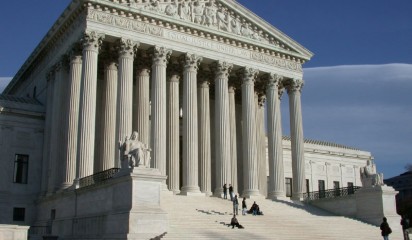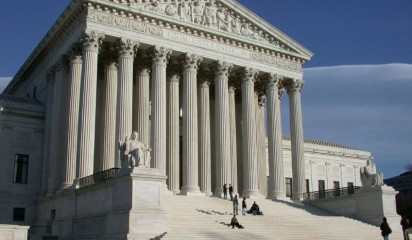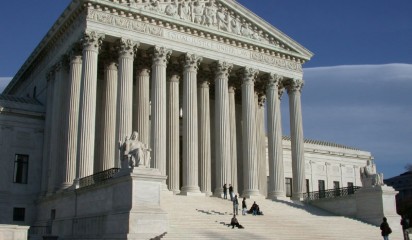The AIA has made substantial changes to prior user rights in the US. While the AIA has expanded the scope of prior user rights, which are a defence to patent infringement in the US, they are still subject to significant restrictions.
What are prior user rights?
In general, prior user rights recognise that, in many jurisdictions, your own secret use of technology cannot be used to challenge another party's patent claiming that technology. Prior user rights may provide you with a defence to patent infringement. The defence is limited to your ongoing use of technology that you used in secret before the other party filed their patent application. If the technology was made public before the other party filed their patent application, then that would be novelty-destroying and prior user rights are not relevant.
Prior user rights benefit those who rely on trade secrets
Protecting your new technology using intellectual property rights often requires a choice between trade secrets and patents. The value of trade secret technology is much reduced or even lost if another person independently develops the technology.
If another party obtains a granted patent encompassing your technology, they have the right to exclude others from using it. This right to exclude potentially applies to you. If you chose not to pursue patent protection you may, instead, face patent infringement proceedings!
Prior user rights aim to mitigate the perceived unfairness of this situation.
Prior user rights in the United States
The rights apply to all subject matter
The prior user rights in the AIA now apply to all patentable subject matter. Previously, they applied only to business method patents.
The prior use must be commercial and in the United States
To acquire prior user rights, you must have commercially used the technology in the United States.
Commercial use includes both commercial use within your organisation and arm's length sale or transfer of the end result of the use. Commercial use also includes:
- commercial marketing or use that is subject to a premarketing regulatory review, and
- use by nonprofit entities - such as research laboratories, universities, and hospitals - for public benefit.
The prior use must have been at least one year before the patent's filing date
The commercial use must have occurred in the United States at least one year before the relevant date, which is the earlier of:
- the effective filing date of the patent, and
- the first disclosure of the invention by (or derived from) the patent owner.
This latter date links to the new general grace period provision in the AIA for such disclosures.
The defence applies to patents granted after 16 September 2011
The defence is available against patents that granted on or after 16 September 2011.
The defence is subject to several significant restrictions
Prior user rights are personal
Prior user rights are restricted to the person or the commercial entity that performed the prior commercial use. That person can continue their use of the technology and can vary the volume and/or quantity of that use.
The AIA clearly aims to restrict transfers of prior user rights.
Prior user rights cannot generally be licensed, assigned or transferred. An exception is where the prior user rights are transferred in good faith to another entity as part of the entire business.
Transferred prior user rights are geographically limited
Where prior user rights have been legitimately transferred, then the new owner can only move the site of the commercial use if they do so before the patent application has been filed.
This restriction creates a practical difficulty. The new owner is unlikely to know whether a patent application covering the technology has been filed. The new owner may, therefore, unintentionally give up their prior user rights.
Prior user rights may not apply to improvements
Prior user rights apply only to the technology that was commercially used before the relevant date. The prior user rights may, therefore, only apply against some claims of the patent. Improvements or variations made after that date may still infringe the patent.
The commercial use must be reasonably continuous
You cannot acquire prior user rights from your prior commercial use that you started before the relevant date, but subsequently stopped.
The defence is not available against all US patents
The prior user rights defence does not apply if the patent claims an invention that, at the time of invention, was owned by a university or a university technology transfer organisation. This restriction does not apply, however, where there is a prohibition on government funding of the invention, for example inventions involving human embryonic stem cells.
The defendant has the burden of establishing prior user rights
If you rely on the prior user rights defence, you must provide clear and convincing evidence - the highest standard of proof used in civil litigation in the United States.
Laboratory notebooks, for example, will likely continue to be very important for activities in the United States - not to establish the date of invention, but as evidence of prior user rights acquired in the development of new commercial products. Important information includes both the location, and the continuity, of the prior commercial use.
There may be unintended consequences
If you fail in an attempt to rely on prior user rights, you will face an award of the patent owner's attorney fees unless you can demonstrate a reasonable basis for relying on the defence.
The high standard of proof required means that you should only rely on prior user rights if you have clear evidence of your own prior use. Otherwise, your own evidence may not establish your prior user rights but may satisfy the lower standard of proof required for patent infringement!














